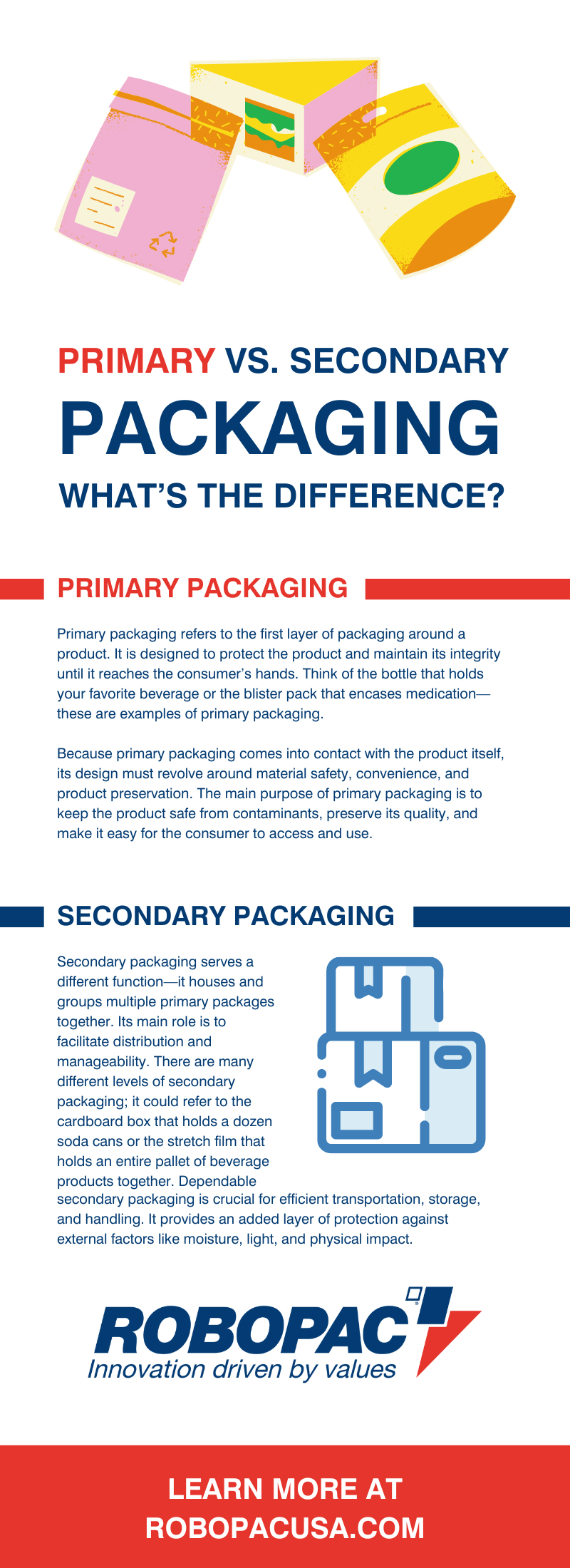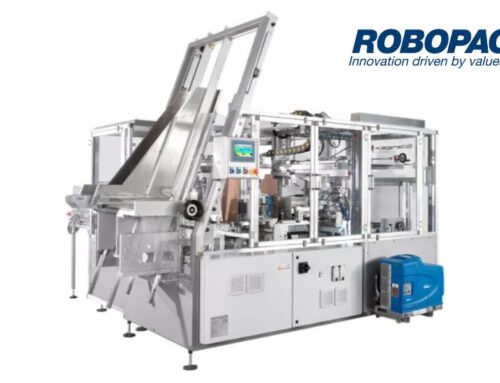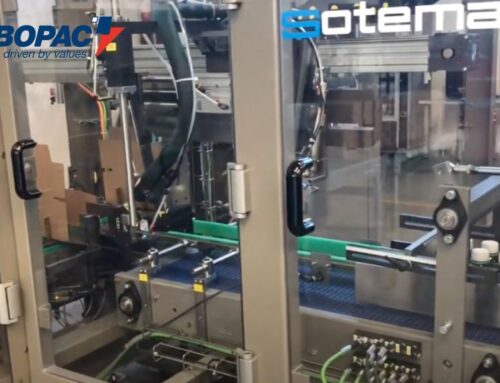In the world of consumer goods, packaging plays a crucial role in both presentation and protection. It’s not just about wrapping products up in pretty boxes or bags; it’s about ensuring they reach consumers in perfect condition and create a lasting impression.
For your business, understanding the nuances between primary and secondary packaging is a vital part of promoting your brand, increasing customer satisfaction, and maintaining a successful supply chain. Explore the differences between primary and secondary packaging and see how you can leverage both to promote your business.
Introduction to Packaging: The Importance of Presentation and Protection
When customers order from your website or encounter your products on a store shelf, the packaging is often their first point of contact. It’s the silent salesperson that communicates your brand’s message and highlights the products’ features.
In addition to displaying aesthetics that represent your business, packaging serves a practical role by protecting products from damage during transportation, storage, and handling. In an increasingly competitive market, effective packaging can be the difference between a sale and a missed opportunity.
What Is Primary Packaging?
Primary packaging refers to the first layer of packaging around a product. It is designed to protect the product and maintain its integrity until it reaches the consumer’s hands. Think of the bottle that holds your favorite beverage or the blister pack that encases medication—these are examples of primary packaging.
Because primary packaging comes into contact with the product itself, its design must revolve around material safety, convenience, and product preservation. The main purpose of primary packaging is to keep the product safe from contaminants, preserve its quality, and make it easy for the consumer to access and use.
In addition to its protective role, primary packaging serves as a brand ambassador. It often carries the brand’s logo, colors, and design elements, creating a memorable visual impact. In some cases, primary packaging may also provide information about the product, such as usage instructions, ingredients, or nutritional details. This blend of functionality and branding makes primary packaging a critical component of a product’s overall appeal.
What Is Secondary Packaging?
Secondary packaging serves a different function—it houses and groups multiple primary packages together. Its main role is to facilitate distribution and manageability. There are many different levels of secondary packaging; it could refer to the cardboard box that holds a dozen soda cans or the stretch film that holds an entire pallet of beverage products together. Dependable secondary packaging is crucial for efficient transportation, storage, and handling. It provides an added layer of protection against external factors like moisture, light, and physical impact.
While secondary packaging may not directly influence a consumer’s purchasing decision as much as primary packaging does, it still plays a significant role in maintaining product presentation. Poor secondary packaging can lead to product damage during storage and transportation, potentially resulting in employee accidents, lost profits, and poor relations with distributors.
Retailers also rely on secondary packaging to keep their shelves organized and products neatly arranged. Additionally, this packaging can be an effective medium for promotional messages, offering opportunities for your brand to engage consumers through creative designs and compelling marketing content.
The Impact of Packaging on Consumer Behavior and Brand Image
Consumers often associate the quality of packaging with the quality of the product itself. Therefore, businesses that invest in innovative and sustainable packaging solutions, for example, are likely to appeal to environmentally conscious consumers, enhancing their image as responsible and forward-thinking.
A well-designed package can capture attention, convey trust, and ultimately drive purchasing decisions. Packaging that effectively communicates your company’s values and resonates with consumer preferences can lead to increased brand loyalty and advocacy. In contrast, poorly designed packaging can make your products seem cheap and unreliable, which may deter potential buyers and impact your brand’s reputation.
Differences in Materials
The materials used in primary and secondary packaging often differ based on their intended functions. Primary packaging materials are typically chosen based on their ability to protect and preserve, using substances like glass, plastic, and metal. These materials are selected to ensure product safety, durability, and hygiene.
On the other hand, secondary packaging materials are optimized for strength and cost-effectiveness. Businesses want sturdy materials that offer adequate protection. However, when secondary packaging is too heavy, shipping costs can skyrocket. That’s why options such as cardboard, corrugated fiberboard, and stretch film are ideal for secondary packaging.
Selecting the right materials is crucial for both types of packaging, as they determine how well the products are protected, how they are stored and transported, and how they are perceived by consumers. Material selection also impacts sustainability efforts, as brands seek to balance functionality with environmental responsibility.
Differences in Designs
Design considerations for primary and secondary packaging highlight their distinct roles. Primary packaging design focuses on the consumer experience, emphasizing ease of use, accessibility, and aesthetic appeal. It must capture attention and communicate your brand’s identity effectively.
Secondary packaging design, however, prioritizes logistical efficiency. These designs focus on a product’s ability to stack and create stable, efficient product loads for shipping.
Despite these differences, both types of packaging must align with your brand’s overall image and messaging. Cohesive design elements across both layers can reinforce brand recognition and strengthen the connection with consumers.
The Role of Primary and Secondary Packaging in Different Industries
Despite the differences between primary and secondary packaging, the two must work together to successfully enhance products. Though their exact purposes vary slightly across different industries, the goal of protecting and presenting products remains the same.
In the food and beverage industry, primary and secondary packaging work in tandem to ensure products remain fresh and appealing. Primary packaging like cans, bottles, and pouches keep food from spoilage and contamination, while secondary packaging like boxes and cartons facilitate bulk transportation and storage.
Similarly, in the pharmaceutical industry, primary packaging like blister packs and vials ensure that medications remain sterile and protected, while secondary packaging provides additional security and tamper evidence.
For electronics, primary packaging shields delicate components from damage, while secondary packaging aids in stacking, storage, and shipping. In the cosmetics and beauty industry, primary packaging showcases the products’ aesthetics and allure while secondary packaging guards against damage during transit, enhancing both protection and presentation.
Optimize Your Packaging Line With Robopac USA
Robopac USA can help you streamline your packaging workflows and deliver safe, visually appealing goods to distributors and customers. Explore our range of semi-automatic and automatic pallet wrappers to see how our secondary packaging equipment can help you protect and enhance your products.








